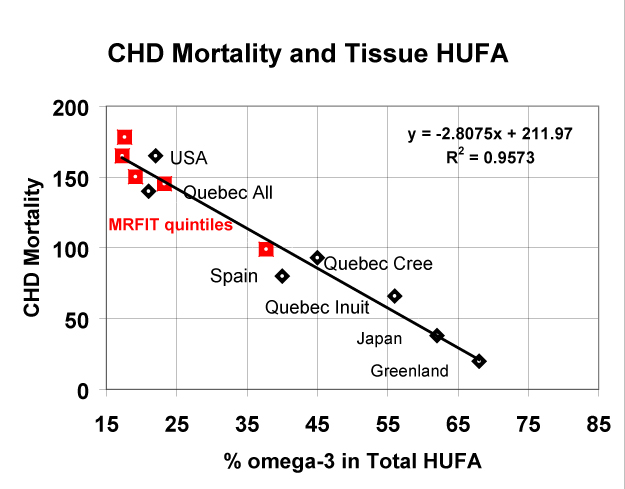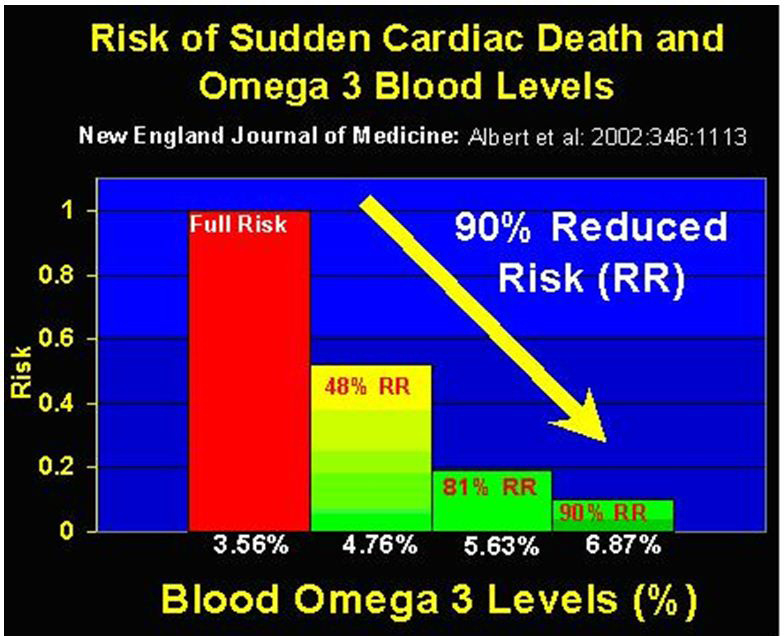
Plasma, Serum, Red Blood Cells, Monocytes, Cells, Tissues, Foods, Ingredients, Oils, Cell Culture Media, Petfood, Omega 3 Eggs.
Total Lipid Fatty Acid Profile, Total Phospholipids, Individual Phospholipid Species, Free or non-esterified fatty acids


Allowing individuals to supply a simple finger stick sample of blood that can then be tested for a complete fatty acid profile.
The Holman kit includes an at-home method for obtaining a blood spot sample, which is analyzed by Lipid Technologies using their precision proprietary method for high sensitivity blood-spot omega 3 analysis. This test identifies your complete fatty acid profile, specifically focusing on your omega 3 and omega 6 fatty acid levels.

Your total omega 3 score is generated from the measured amount of omega 3 in your bloodstream, described as a percentage figure.
For example, if your omega 3 score is 5%, it means that 5% of the total fatty acids in your blood are made up of omega 3 fatty acids (a group of fatty acids which includes EPA, DPA, DHA and more). In certain populations such as the Japanese, who consume large amounts of marine based foods, the total omega 3 score is typically over 15%.

Two common tests describe our omega 3 levels as they relate to cardiovascular health. The first is known as the Lands’ Test, named after Dr. Bill Lands who invented this test and terminology. Its technical name is the Omega 3 HUFA test – the term HUFA being an abbreviation of ‘highly unsaturated fatty acids’. These fatty acids generally form the basis for our inflammatory response system.
Armed with the knowledge that the inflammatory response produced from omega 6 fatty acids is remarkably powerful (and potentially leading to disease), and that the same response from omega 3 HUFA is less potent in terms of its anti-inflammatory effect, Dr. Lands has established that a lower Omega 6 HUFA score with a higher Omega 3 HUFA score is the ideal condition. Dr. Lands modeled several populations, their Omega 3 HUFA score and their mortality rate from cardiovascular disease, displayed in graphic form on your personalized Omega 3 report.
Typical population with a Western diet have an Omega 3 HUFA score of 20%, which directly correlates to a high incidence of mortality from heart disease. People having a score of 50% (balanced omega 3 and omega 6) correlates with an approximate 50% reduction in mortality. Populations having a Omega 3 HUFA score to 70% have a very low incident of cardiovascular mortality. While this data establishes a link between blood levels of omega 3 and heart related death it does not prove cause or guarantee that if you have a particular level of omega 3 you will share the same statistical result.

The Omega 3 Index is the combined value of two omega 3 fatty acids (EPA and DHA) thought responsible for the main physiological effects of omega 3 in a diet. The science behind the Omega 3 Index resulted from the work of Siscovick and Albert, who examined omega 3 levels in populations and then assessed their risk of sudden death. According to Albert’s data, increasing omega 3 blood values from 3.5% to 6.8% was correlated with a 90% reduction in risk of sudden death (a type of heart attack).
Data from Siscovick’s work reported similar outcomes for having a heart attack, further confirming the benefits of elevated levels blood omega 3. An American and German scientist later coined the term ‘Omega 3 Index’ in 2004 as a blood-based risk factor framework for projecting cardiovascular disease risks. The recommended Omega 3 Index is 8% or greater, meaning a combined percentage total of EPA and DHA greater than 8%.